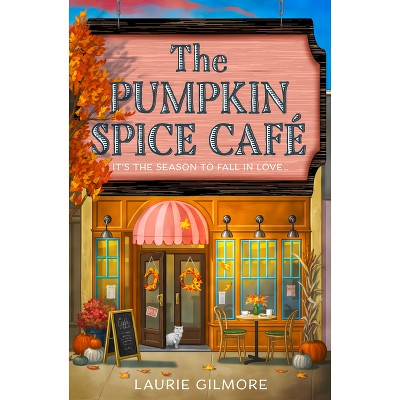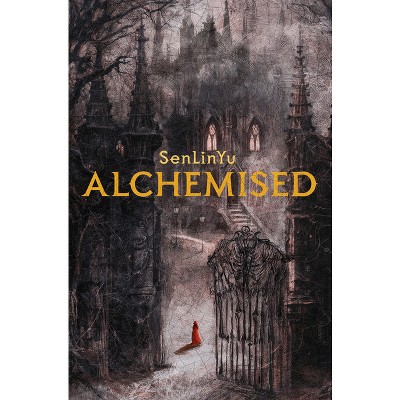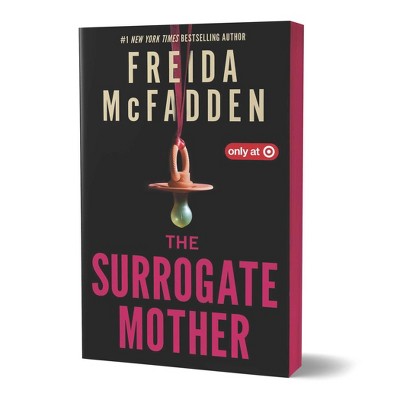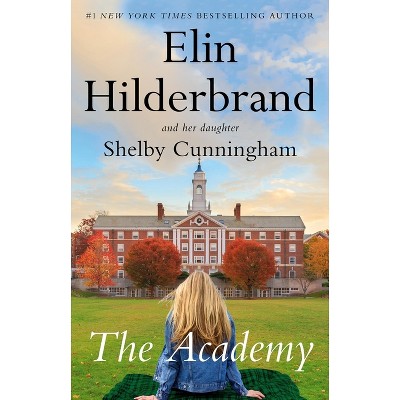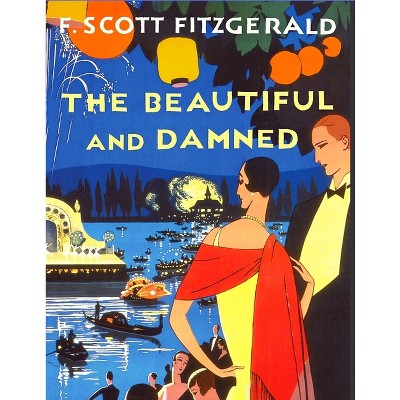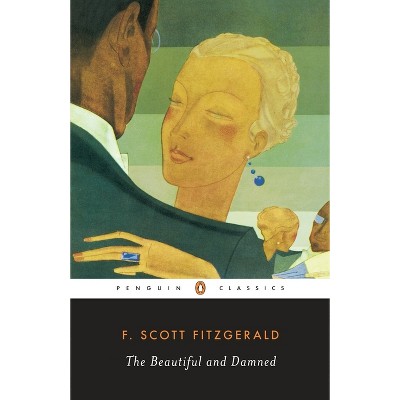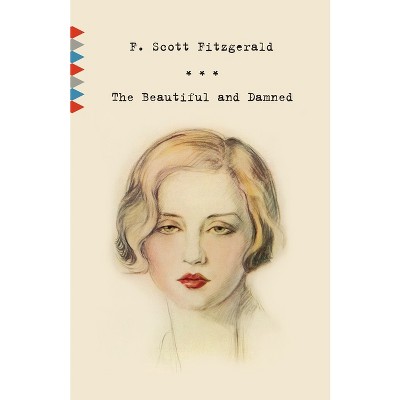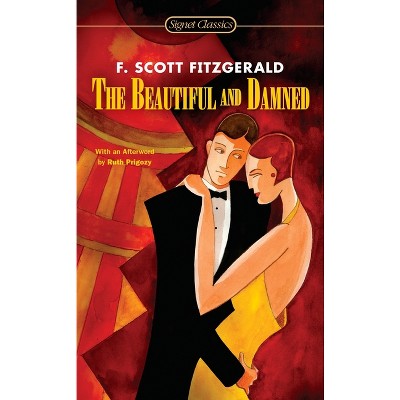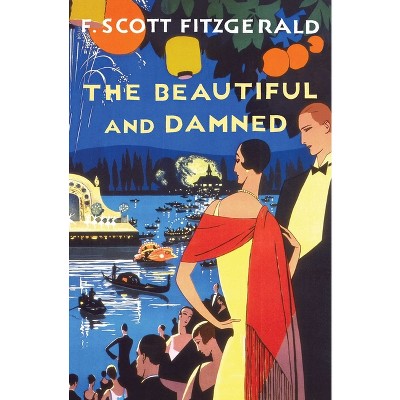F. Scott Fitzgerald's the Beautiful and Damned - by William Blazek & David W Ullrich & Kirk Curnutt (Paperback)

About this item
Highlights
- F. Scott Fitzgerald's second novel, The Beautiful and Damned, has frequently been dismissed as an outlier and curiosity in his oeuvre, a transitional work from the coming-of-age plot of This Side of Paradise to the masterful critique of American aspiration in The Great Gatsby.
- About the Author: William Blazek is professor of American literature and modern culture at Liverpool Hope University and serves as vice president of the F. Scott Fitzgerald Society.
- 306 Pages
- Literary Criticism, American
Description
About the Book
"F. Scott Fitzgerald's second novel, The Beautiful and Damned, has in the century since its publication in 1922 been dismissed as an outlier and curiosity in his oeuvre. At best, it has been viewed as a transitional work, a stepping-stone from the coming-of-age plot of This Side of Paradise to The Great Gatsby's masterful critique of American aspiration. To date, there has never been a scholarly collection devoted specifically to it, even though at 449 pages it is Fitzgerald's longest work with the broadest scope. The Beautiful and Damned belongs to a genre that is widely misunderstood: the "bright young things" novel in which spoiled and wealthy characters succumb to decay because of their privilege and lack of purpose. Set between 1913 and 1922, the novel touches on many of the decisive issues that mark the passage from the Gilded Age and the Progressive Era into the Jazz Age: conspicuous consumption, income inequality, metropolitan life versus the emergence of the suburbs, yellow journalism, the Great War, antebellum nostalgia, the rise of the movie industry, automobile travel, Wall Street stock scams and America's relentless culture of snake-oil salesmanship, immigration and xenophobia, and the fixation with youth and aging. Published to coincide with the novel's centennial in 2022, this collection sets out to dissect The Beautiful and Damned for its insights more than its faults. A lineup of prominent Fitzgerald scholars draw from a variety of critical approaches, analyzing both the major themes and unappreciated issues through history, biography, literary influence and development, gender studies, and narratology. While not apologizing for the novel's faults, the essays insist that The Beautiful and Damned has much more to say about its milieu than previously recognized. This collection provides readers a guide for understanding Fitzgerald's aims while establishing the critical agenda for future studies. The essays demonstrate the richness of ideas that this 1922 novel explores and the anxieties and ambitions that reverberate within it"--Book Synopsis
F. Scott Fitzgerald's second novel, The Beautiful and Damned, has frequently been dismissed as an outlier and curiosity in his oeuvre, a transitional work from the coming-of-age plot of This Side of Paradise to the masterful critique of American aspiration in The Great Gatsby.
The Beautiful and Damned belongs to a genre that is widely misunderstood, the "bright young things" novel in which spoiled and wealthy characters succumb to decay because of their privilege and lack of purpose. Set between 1913 and 1922, Fitzgerald's longest novel touches on many of the decisive issues that mark the passage from the Gilded Age and the Progressive Era into the Jazz Age: conspicuous consumption, income inequality, yellow journalism, the Great War, the rise of the movie industry, automobile travel, Wall Street stock scams, immigration and xenophobia, and the fixation with youth and aging.
Review Quotes
"William Blazek, David W. Ullrich, and Kirk Curnutt do not set as a purpose of their volume on The Beautiful and Damned to propose that the novel is flawless or that it merits a ranking alongside The Great Gatsby and Tender Is the Night. Instead, they demonstrate through their introduction and the eleven rigorous essays in the collection that The Beautiful and Damned is indeed worthy of study and that it is important to reread what is in fact a very rich novel 'for its merits rather than its flaws.' As we celebrate the one hundred year anniversary of the publication of The Beautiful and Damned, I can think of no better way of marking the occasion than the appearance of this excellent essay collection that provides abundant evidence that Fitzgerald's fascinating second novel does indeed merit rereading, especially with this volume as a reader's companion."--Bryant Mangum, editor of F. Scott Fitzgerald in Context
About the Author
William Blazek is professor of American literature and modern culture at Liverpool Hope University and serves as vice president of the F. Scott Fitzgerald Society. He edited the 2022 Oxford World's Classics edition of The Beautiful and Damned and is a founding coeditor of the F. Scott Fitzgerald Review.
David W. Ullrich is professor of English at Birmingham-Southern College and an editor at the F. Scott Fitzgerald Review. His recent publications examine Zelda Fitzgerald, Kurt Vonnegut, and John Cheever. Kirk Curnutt is professor of English at Troy University, managing editor of the F. Scott Fitzgerald Review, and executive director of the F. Scott Fitzgerald Society. He is the author or editor of numerous books on American literature, including The Cambridge Introduction to F. Scott Fitzgerald.Shipping details
Return details
Trending Poetry


